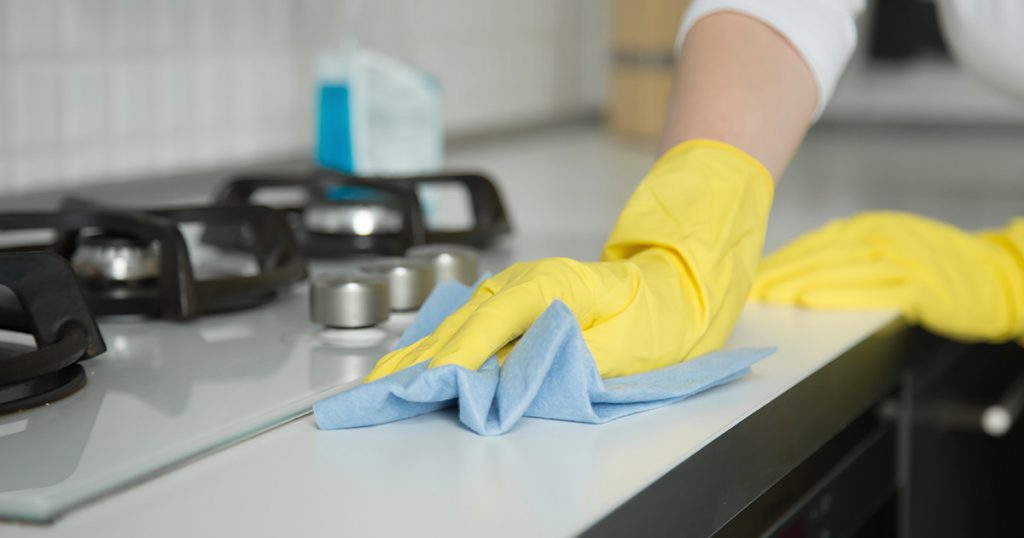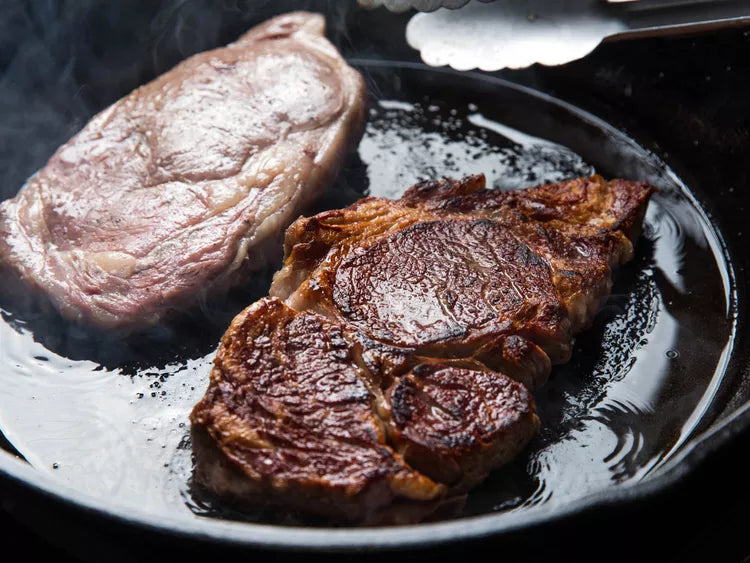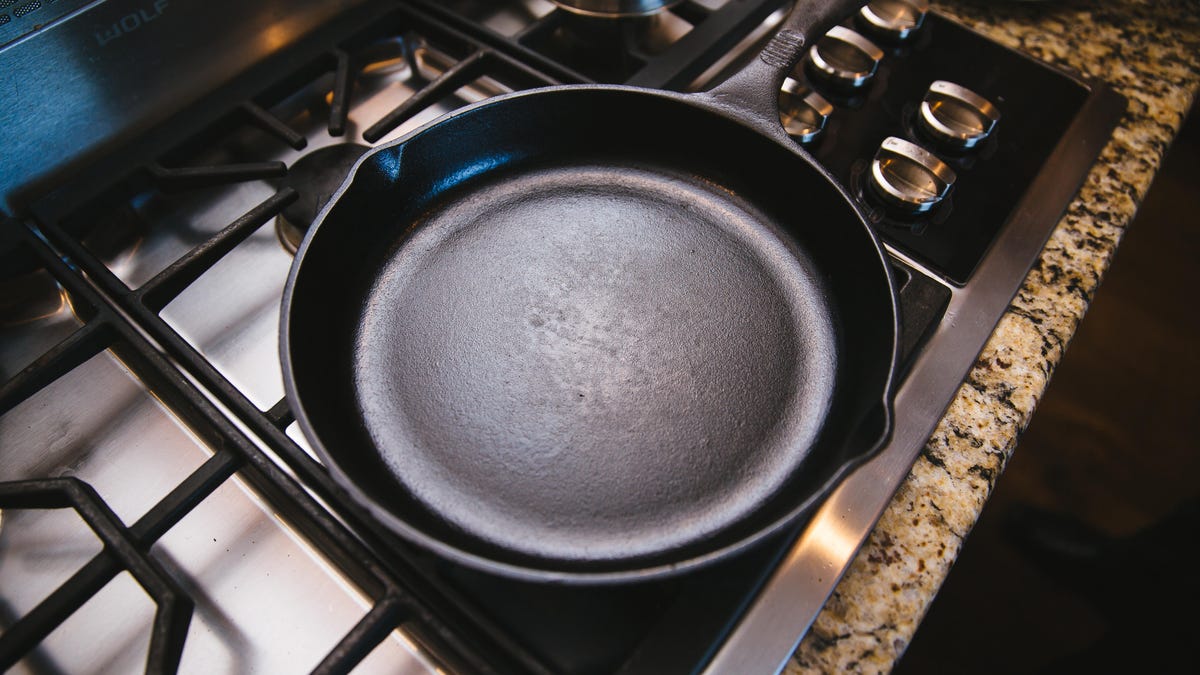Using a cast iron skillet on an induction cooktop can be both rewarding and challenging. Many kitchen professionals love to use cast iron for its exceptional heat retention and non-stick qualities after seasoning. However, protecting your induction cooktop from potential scratches or damage is crucial. In this article, we will explore how to protect induction cooktop from cast iron, ensuring the longevity of both your cookware and cooking surface.
The first step in safeguarding your induction cooktop is understanding how these cooking surfaces work. Induction cooktops use magnetic fields to generate heat directly in the cookware. Therefore, the type of cookware you use can significantly impact the performance of your cooktop. Cast iron is a popular choice, but without proper protection, it can lead to various issues, including scratches and discoloration.

Understanding Induction Cooktops & Cast Iron Cookware
An induction cooktop operates with a magnetic field, which requires cookware that is ferrous. Cast iron is an excellent candidate as it contains iron and provides even cooking. However, the rough surface of cast iron can create friction, leading to potential wear and tear on your induction surface. To mitigate these risks, consider the following:
Choose the Right Cookware
Not all cast iron cookware is created equal when it comes to induction cooking. Its essential to select models with a flat, smooth bottom. This will ensure better contact with the cooktop and reduce the likelihood of scratches. Additionally, thicker cast iron bases are more efficient on induction cooktops.
Use Protective Liners
Investing in a protective liner can be a game-changer for kitchen professionals. These liners can be placed between your cast iron skillet and the induction surface. They act as a barrier, significantly reducing the risk of scratches or unwanted marks. Options like silicone mats or specially designed induction cooktop protectors can provide excellent results.
Maintaining Your Cooktop and Cookware
When it comes to protecting your induction cooktop from cast iron, maintenance is key. Frequent cleaning and careful handling of your cookware will keep both your skillet and cooking surface in prime condition. Remember to:
Regularly Clean Your Induction Cooktop
After cooking, its essential to clean your induction cooktop promptly. Use a soft cloth or sponge with a non-abrasive cleaner to remove any food residue. Regular cleaning helps prevent buildup that can contribute to scratches over time.
For more information on cleaning various cookware types, check out this guide on cleaning cast iron pans.
Be Gentle When Moving Cookware
Finally, when moving your cast iron skillet on the induction surface, always use caution. Avoid dragging or sliding the skillet across the cooktop. Instead, lift it straight up and away to prevent any scratches or surface damage.
Alternatives to Cast Iron on Induction Cooktops
While cast iron is a favorite among many chefs, consider other options that naturally protect your induction surface. Stainless steel and enameled cast iron offer a balance of durability and protection. They are less likely to scratch compared to standard cast iron, making them an excellent alternative.
Want to learn more about the benefits of enameled cast iron? Visit this article on why cast iron is black.
Frequently Asked Questions
How can I avoid scratches when using cast iron on an induction cooktop?
To prevent scratches, use cookware with a smooth base, place a protective liner on the cooktop, and avoid dragging the cookware across the surface.
Can I use enameled cast iron on induction cooktops?
Yes, enameled cast iron is compatible with induction cooktops and generally protects the surface better than uncoated options.
What should I do if my induction cooktop gets scratched?
If scratches occur, clean the area thoroughly and avoid further use of abrasive cleaners. For deep scratches, you may consider professional repair.

Conclusion
Protecting your induction cooktop from cast iron is a matter of choosing the right cookware, implementing good maintenance habits, and employing protective solutions. By following these tips, youll ensure that your cooktop remains in excellent condition while enjoying the benefits of cooking with cast iron.
This article contains affiliate links. We may earn a commission at no extra cost to you.






Leave a comment
This site is protected by hCaptcha and the hCaptcha Privacy Policy and Terms of Service apply.